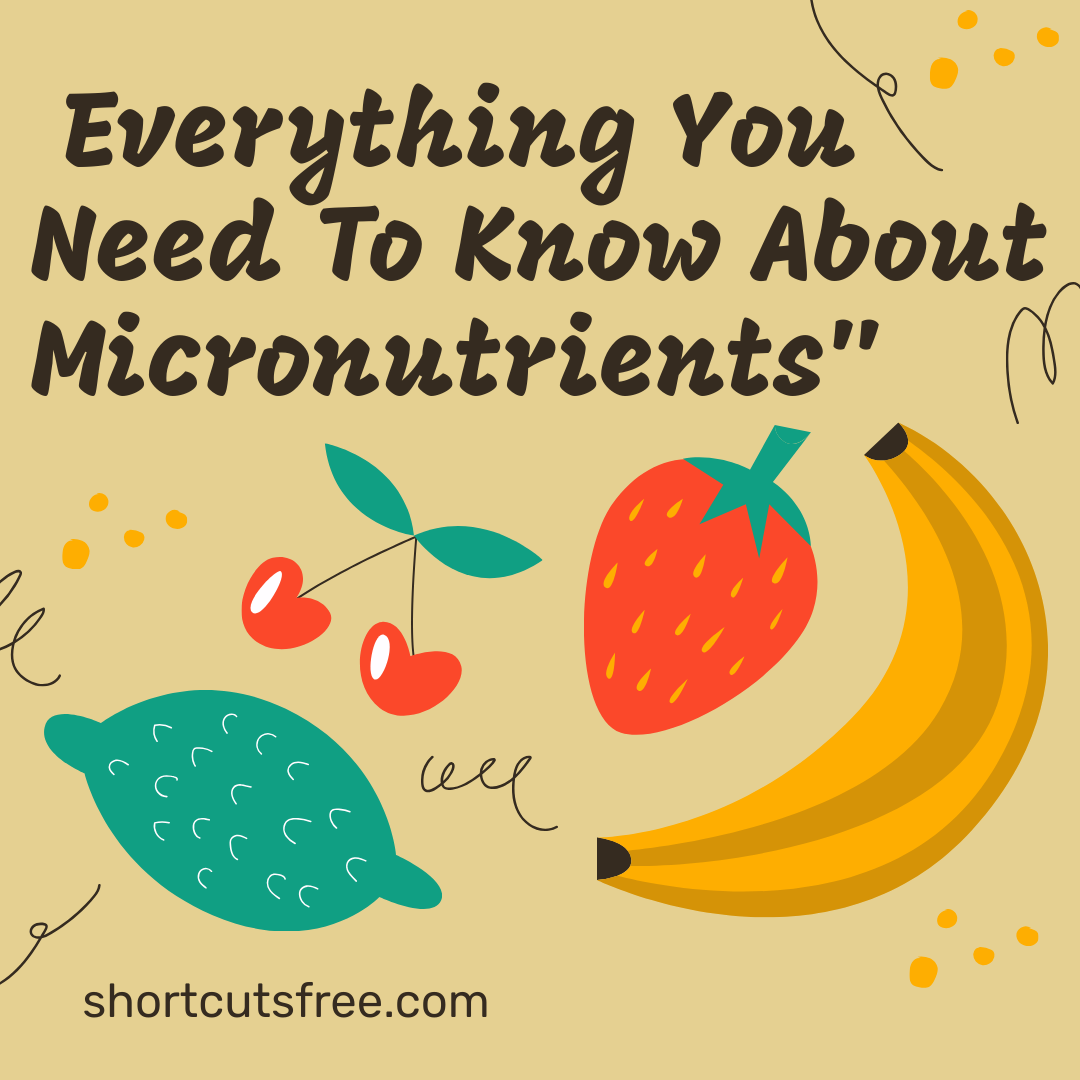Carbohydrates, Protein, and Fat: Everything You Need To Know About Micronutrients
Micronutrients include carbohydrates, protein, and fat. The nutrients in food provide energy for our body and ensure the normal operation of its important functions. This is all the information you need to know. This is all the information you require.
-
Carbohydrates
Carbohydrates are the main source of energy for all physical activities in the brain and diet. Monosaccharides (simple carbohydrates) are the basis of carbohydrates. Carbohydrates are classified according to chain length as follows:
- Monosaccharide: glucose (glucose), fructose (fruit sugar), and galactose (milk sugar)
- Disaccharides: sucrose (industrial sugar), lactose
- Oligosaccharides: Raffinose
- Polysaccharides, also known as complex carbohydrates: amylopectin (plant starch), glycogen (animal starch), insulin.
Carbohydrates are stored in the body in two ways: in the form of glycogen in the liver (⅓) and muscle (⅔). The body consumes these glycogens during exercise and then supplements a carbohydrate-rich diet.
According to the Institute of Nutrition and Nutrition, carbohydrates should meet at least 50% of an adult’s daily energy needs. It is also recommended that you recommend complex carbohydrates. Unlike simple carbohydrates, it does not cause glucose spikes, makes you fuller, and more mineral, contains fiber, helps healthy intestinal flora, and lowers cholesterol levels.
Complex Carbohydrates Can Be Found In The Following Foods:
- Fruit tray
- vegetables
- beans
- Grains and seeds
- sweet potato)
- Whole grain products
- Ordinary rice
Discover Simple Carbohydrates:
- Sugar
- Products made from bleached or refined flour
- Confectionery
- Sugar soft drinks and juices
When discussing carbohydrates, don’t forget to mention probiotics and probiotics. Regular use contributes to the health of the intestinal flora.
-
Protein
Proteins are assembled from amino acids linked together by chains. Our bodies contain 20 distinct amino acids. Protein has many functions in the body. Amino acids are divided into three categories: essential amino acids (our body cannot produce amino acids alone, so they must be provided through diet), conditional essential amino acids, and non-essential amino acids.
Proteins show the effects of hormones, enzymes, and antibodies in the immune system and protect us from infections. They also appear in certain structures of the human body (connective tissue, skin, hair, and muscle fibers).
About 60% of the protein in our body is stored in muscles. But these reserves are not used as direct energy but as the foundation of the human body.
It is generally recommended to consume 1 gram of protein per kilogram of body weight per day. However, if the goal is to increase muscle mass, you can increase the amount (between 1.2 and 1.8 grams per kilogram of body weight). Are you a strong runner? Therefore, be sure to consider eating protein and carbohydrates (ratio 1:3) after exercising. Why does your body release insulin after ingesting carbohydrates? Carbohydrates can promote anabolic effects and stimulate muscle growth.
These Foods Are High In Protein:
- Meat
- Fish and seafood
- Milk and dairy products
- egg
- beans
- Cereal products
- Nuts
- I am a product
In addition, make sure to combine certain foods to increase the biological value of the meal.
-
Lipids (Fats)
- Lipid is an important taste. They appear in our diet in solid form (such as butter, coconut fat) or liquid form (vegetable oil). Fatty acids are classified as follows:
- Omega-3 and Omega-6 are also part of essential polyunsaturated fatty acids, so they must be obtained through diet. They are found in cold water fish (salmon, herring, and mackerel), safflower oil, linseed oil, and walnuts. The ratio of Omega 3 / Omega 6 should be approximately 1:5.
- Unsaturated fatty acids are essential for regulating metabolism and promoting the elasticity of cell membranes. They also improve blood circulation and are important for cell growth and regeneration.
- In addition to valuable fatty acids, lipids also help absorb vitamins A, D, E, and K (called fat-soluble). Animal fat also contains cholesterol, which is synthesized by exposure to sunlight and can transport vitamin D to the skin.
- Cholesterol is also involved in the production of hormones. But beware: it is still not recommended to eat cholesterol-containing foods to avoid cardiovascular disease.
- The proportion of fat in our diet should be between 30-35%, unsaturated fat between 20-25%, and saturated fat below 10%.
- Conclusion: These three macro elements are essential for health and certain functions of the body. A balanced diet can provide your body with everything it needs for 100% exercise.

